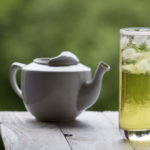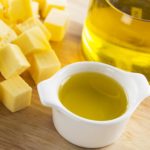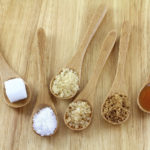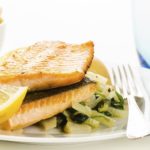What Flowers Are Safe to Eat?
What do you think about growing and eating edible flowers?
Andrew Weil, M.D. | September 15, 2011
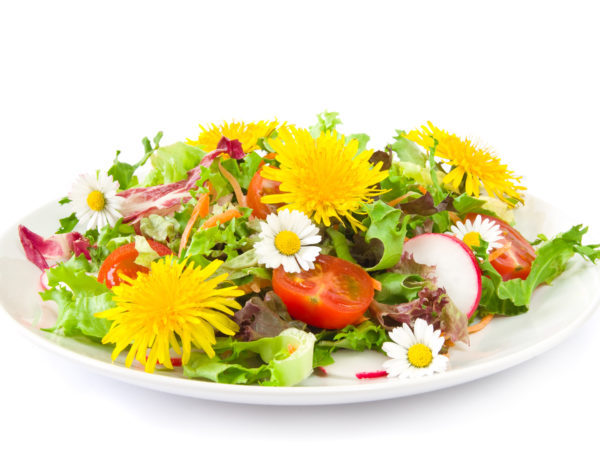
I like the idea of incorporating edible flowers in meals. You can use them as garnishes or add them to salads. I particularly enjoy nasturtiums for their spicy flavor, like that of watercress.
Edible flowers have a long culinary history and now seem to be back in style. If you plan to use them, you do have to learn which ones are safe to eat and which ones – fortunately not many – can be toxic or poisonous. You also want to choose flowers that have not been sprayed with pesticides or grown in gardens fertilized with untreated manure. Flowers growing on roadsides are probably contaminated, so avoid them, nor would I use flowers not grown for consumption from a florist, garden center or nursery. Here’s a brief list of blossoms to avoid because of toxicity:
- lily of the valley
- foxglove
- amaryllis
- hyacinth
- daffodil
- calla lily.
This list is by no means complete so be sure to do some research on line or consult a book on poisonous plants to make sure that a flower you want to add to food is edible.
If you’re using flowers from your own (organic) garden, cut them early in the day and put them in cool water immediately. When you get them to the kitchen, clean them by dunking them gently in cool water (this gets rid of any insects). Drain and pat the blossoms dry and wrap them lightly. Then, refrigerate them until you’re ready to use them.
You can eat flower petals or the entire bloom, but be sure to remove stems, anthers (the part that contain the pollen sacs) or pistils – they’re all likely to be bitter.
In addition to nasturtiums, good edible flowers include borage, which has a cucumber-like taste; marigolds, which are tangy and peppery; dianthus (pinks), which have a spicy, clove-like flavor; pansies, which have a sweet taste; and lavender and roses, both of which are highly perfumed.
If you haven’t eaten flowers before, use them sparingly at first to be sure they agree with you.
Andrew Weil, M.D.







